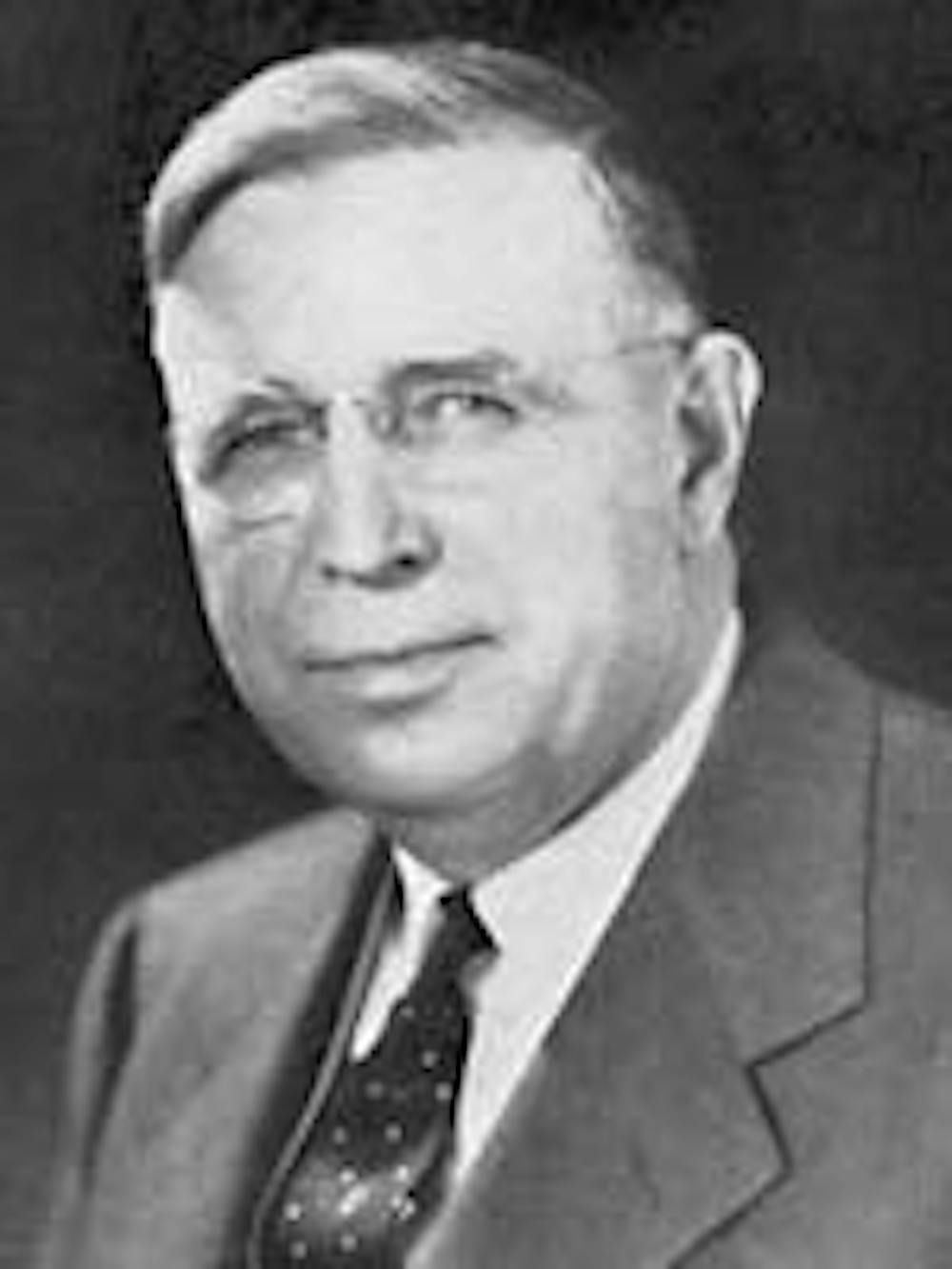Editor's note: In honor of the university's centennial year, The Daily News is counting down 100 days to the university's celebration Sept. 6 with 100 of Ball State's most famous traditions and figures. Check back each day to read about Cardinal history.
While his initial presidency was only supposed to last six months, Ball State’s fifth president Winfred E. Wagoner’s tenure was extended to last from 1943-45.
Wagoner took over when Lemuel A. Pittenger resigned in December 1942. He was known for spending half of his day in the university’s business office, and the other half in the president’s office, according to Ball State’s website.
World War II was reaching its end while Wagoner held the presidency, which lead to a number of changes at Ball State, including enrollment numbers. Because of these changes, Wagoner was tasked with deciding how Ball State should develop in the post-war period.
He came up with several solutions, including keeping Ball State a college for prospective teachers or making it a “college for public service,” but the university ultimately decided to become a general college.
It was also Wagoner that suggested a self-study to improve courses and curriculum and recommended the design and construction of at least three new buildings.
In 1957, construction on Wagoner Complex was completed. It now serves as a residence hall for high school students attending the Indiana Academy for Science, Mathematics and Humanities.
While he stepped down from his position as president in 1945 when John Emens was inaugurated, Wagoner remained on staff at Ball State, returning to his previous position of controller where he managed all business affairs at the university.
Read more centennial content here.
Contact Brooke Kemp with comments at bmkemp@bsu.edu or on Twitter @brookemkemp.




